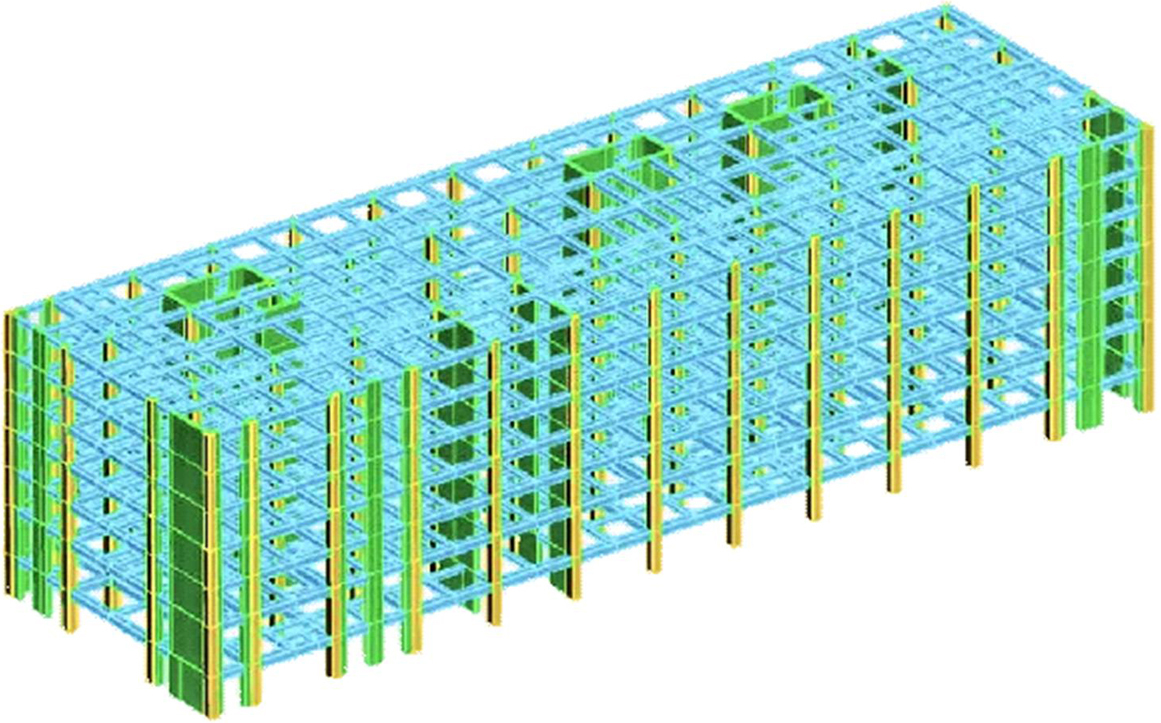Resilience-based seismic design method for reinforced concrete structures
1
None, Anyang Vocational and Technical College, China
Submission date: 2024-07-01
Final revision date: 2024-08-21
Acceptance date: 2024-08-27
Publication date: 2025-09-16
Archives of Civil Engineering 2025;71(3):471-484
KEYWORDS
TOPICS
ABSTRACT
As high-rise buildings gradually increase, their seismic performance has become a focus in the engineering field. In order to improve the functional recovery ability and economy of buildings after earthquakes, a resilience-based seismic design method for reinforced concrete structures is proposed. An indicator system that can reflect the functional loss of buildings after earthquakes is developed. A seismic design strategy based on functional recovery indicators is proposed to improve the seismic performance and economy, while shortening the recovery time after earthquakes. The research results indicated that the average inter story displacement of the standard seismic method for reinforced concrete structures was 168mm. The inter story displacement of the seismic resistance method for reinforced concrete structures based on resilience objectives was 192mm. The repair time for standard seismic method of reinforced concrete structures was 33 days. The repair time for the seismic resistance method of reinforced concrete structures based on resilience was 24 days. The resilience-based seismic design method is superior to traditional methods in controlling structural damage, reducing repair cost, and shortening repair time. The designed method proposed in the study not only enhances the seismic resilience of the structure, but also has significant economic and social benefits, providing a new perspective and practical tools for the seismic design of high-rise buildings.
Share
RELATED ARTICLE
We process personal data collected when visiting the website. The function of obtaining information about users and their behavior is carried out by voluntarily entered information in forms and saving cookies in end devices. Data, including cookies, are used to provide services, improve the user experience and to analyze the traffic in accordance with the Privacy policy. Data are also collected and processed by Google Analytics tool (more).
You can change cookies settings in your browser. Restricted use of cookies in the browser configuration may affect some functionalities of the website.
You can change cookies settings in your browser. Restricted use of cookies in the browser configuration may affect some functionalities of the website.




